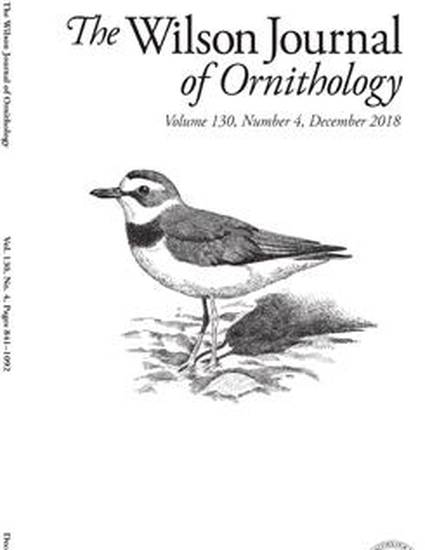
Article
Landscape Configuration Effects on Distribution and Abundance of Whip-poor-wills
Wilson Journal of Ornithology
(2008)
Abstract
We examined the influence of landscape configuration created by forest regeneration practices on distribution of Whip-poor-wills (Caprimulgus vociferous) during the breeding season by comparing relative abundance and space use between forest areas (stands ≥ 17 years of age) and regenerating forest edges (regeneration stand ≤ 6 years of age adjacent to forest area). Regenerating forest edges contained greater (P < 0.001) abundance of Whip-poor-wills (x̄ ± SE = 2.4 ± 0.30 birds/10 ha) than forest areas (0.8 ± 0.11 birds/10 ha). Eighty-four percent of detections at regenerating forest edges were from within the regenerating stand. However, Whip-poor-wills within regenerating stands were detected within 100 m of the forested edge with a greater probability (P < 0.001) than expected by chance. The positive response of Whip-poor-wills to forest edges is likely due to proximity and use of foraging habitats. The relatively high number of habitat openings created by some forest regeneration practices provide Whip-poor-wills with foraging opportunities not present in less intensively managed forest systems. Forest management for Whip-poor-wills should consider harvest strategies that maintain the availability of regenerating patches in close proximity to mature forests.
Disciplines
Publication Date
December, 2008
DOI
https://doi.org/10.1676/06-108.1
Citation Information
Bryan Watts. "Landscape Configuration Effects on Distribution and Abundance of Whip-poor-wills" Wilson Journal of Ornithology Vol. 120 Iss. 4 (2008) p. 778 - 783 Available at: http://works.bepress.com/bryan-watts/282/
